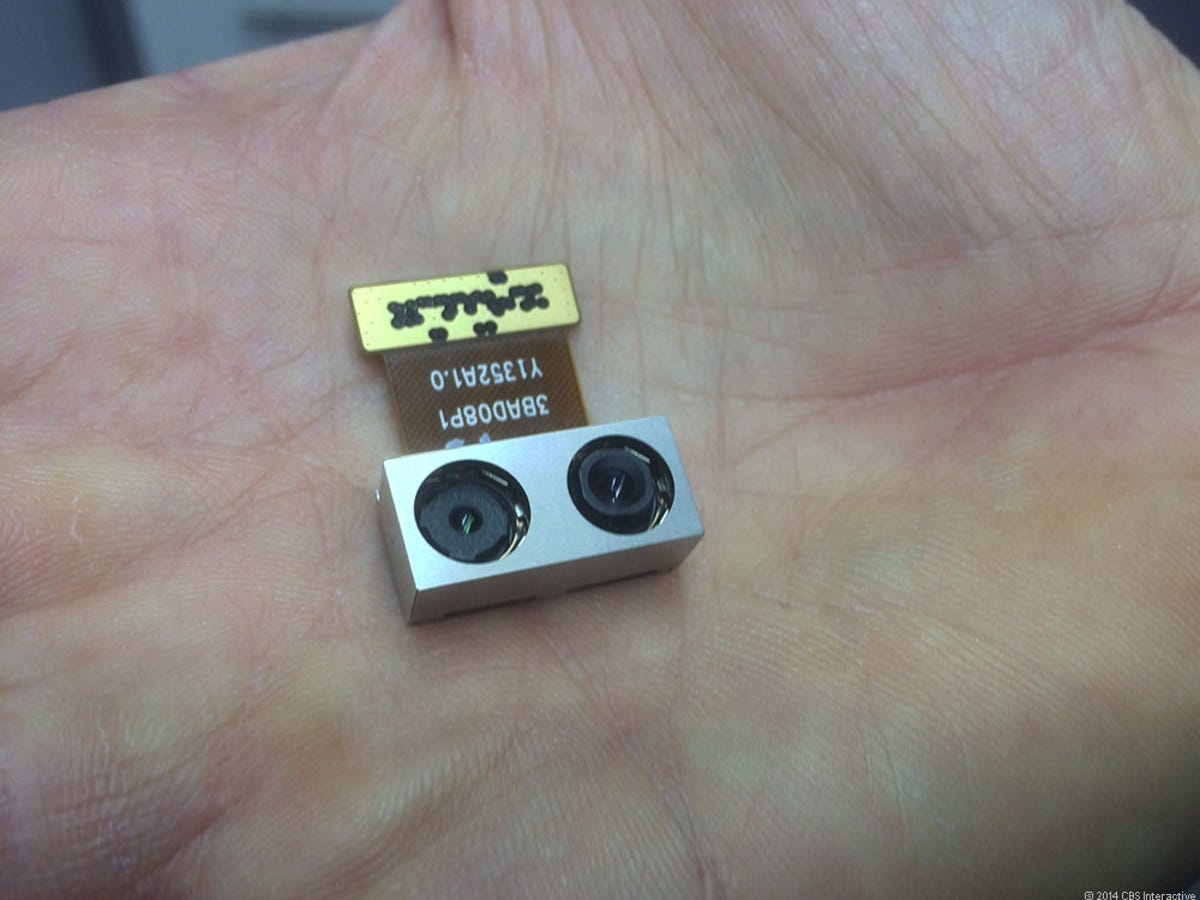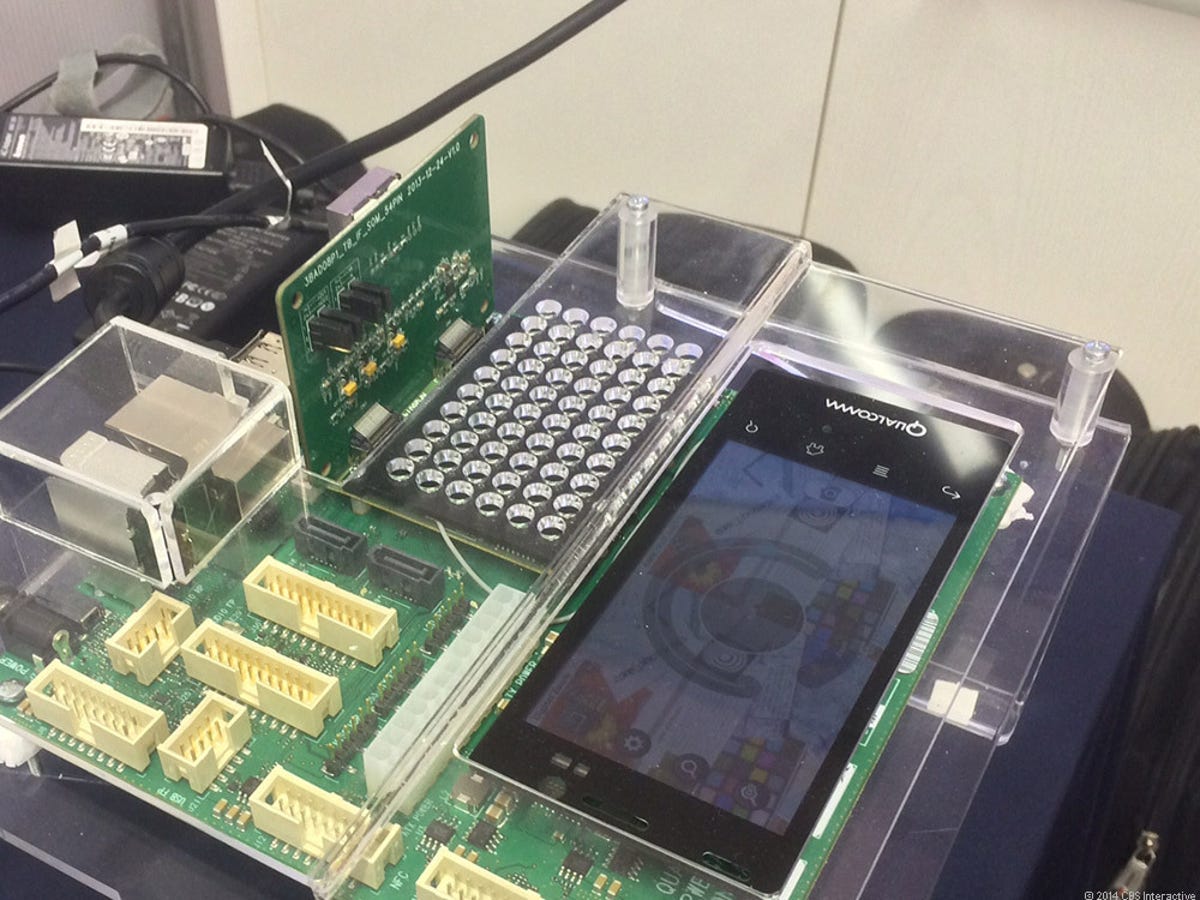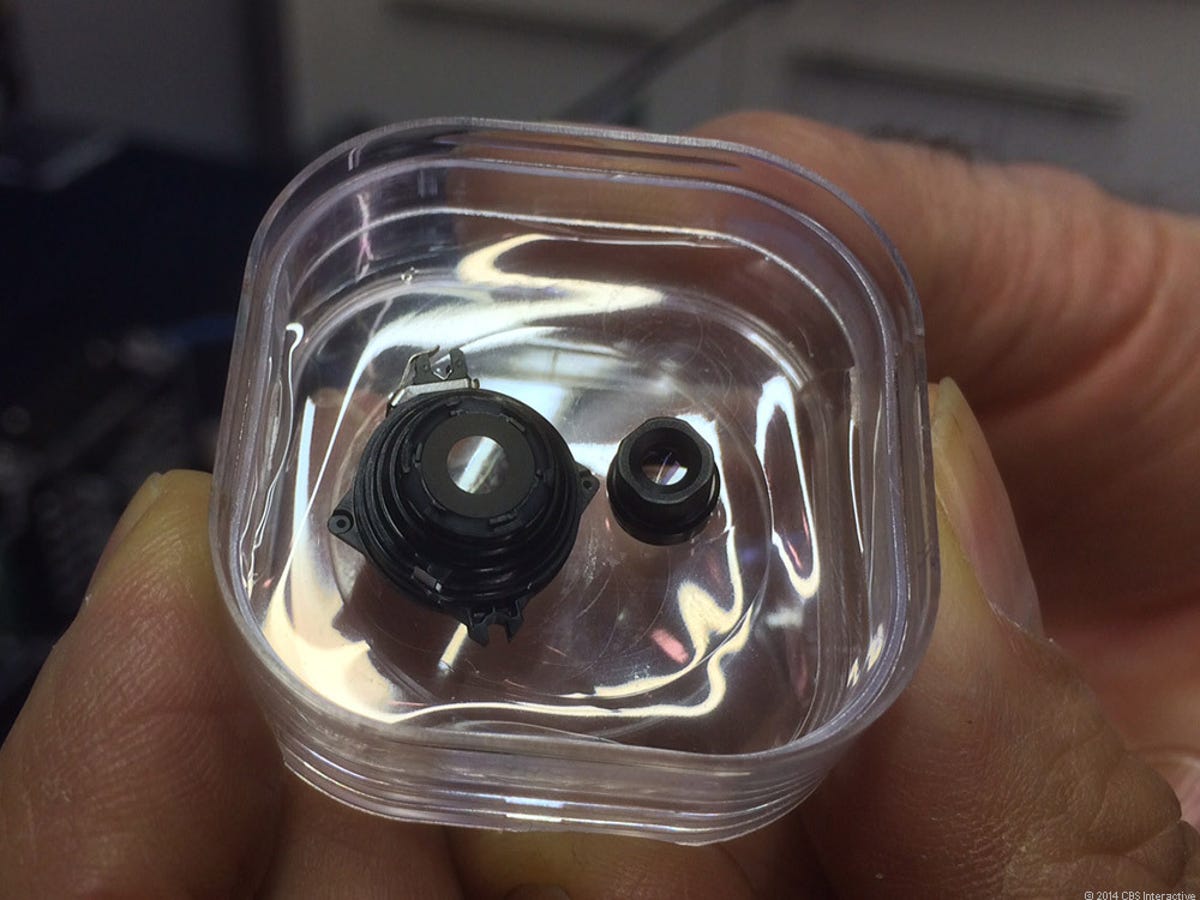

Now playing:
Watch this:
Corephotonic dual-camera puts optical zoom on phones
1:34
Two-year-old Israeli company Corephotonics is ready to change how you take pictures with your smartphone, and it could happen as early as this year. The company’s dual-camera technology has been making waves here at Mobile World Congress, and it’s hard not to see why.
Before we begin though, I’ve checked with Corephotonics to see if the company is working with HTC’s upcoming flagship, and it vehemently denies any claim of involvement. So no, the HTC M8 will likely be using a different technology.

Aloysius Low/CNET
Using two 13-megapixel cameras, Qualcomm’s Snapdragon 800 platform and special algorithms, Corephotonics’ technology is capable of performing optical zoom of up to 5 times without any moving parts.
Corephotonics’ Eran Kali spoke with CNET to explain how it all happens, and showed off an impressive demo of the technology in action.


Aloysius Low/CNET
Basically, Kali says, the magic happens when the images from two lenses — one’s a fixed-focus telephoto with a narrow field of view and the other a normal wide angle — are combined together via its algorithms into a single image.
However, the whole thing wouldn’t have been possible without Qualcomm’s involvement, as currently, this dual-camera system is only possible on Qualcomm’s Snapdragon 800 platform, which sports two Image Signal Processors that allow images from both cameras to be piped-in simultaneously for processing.
The resulting picture is significantly sharper when zoomed in, and has much less signal noise compared with the one taken with just the wide angle (and uses digital zoom). If you were to use a Nokia Lumia 1020 at the same distance, for example, the Corephotonics image would still be much better.


Aloysius Low/CNET
The software is able to compare images from both lenses and detect if a pixel is off, and then use the clearer pixel in the picture instead. Furthermore, to keep noise to a minimum, the telephoto lens has its color filter removed, and takes the picture in black and white. This allows a lot more light in and improves the fidelity of the final image. Color is not affected, as the wide angle component still takes the color shots.
Kali further explained that because of this, the dual-camera system is able to take HDR pictures with just one shot — unlike other phones that use three different shots taken at different exposures, the Corephotonics system only needs one. This means there’s also no motion blur that can result from a HDR shot.
Everything happens in real time, without any discernible lag. The only thing that stood out was a flicker when the the zooming was happening, but that didn’t seem to affect the image quality.
Focusing is also fast, as this is a result of having two cameras — Kali showed me a sample image with the software depth mapping, to prove that the camera is able to detect depth — I’m told it takes about 100ms to acquire the focus lock, which means you’ll be able to quickly capture the action.


Aloysius Low/CNET
Corephotonics says you’ll be able to see their technology on Qualcomm Snapdragon 800 handsets as early as this year, as most of the parts are readily available. The 13-megapixel sensor is from Sony, and is or will be available off-the-shelf from the Japanese manufacturer. Cost-wise, there’s likely to be a slight premium due to the inclusion of a second camera, but it should still be cheaper to make compared to, say, a phone using a 20-megapixel camera (such as the Sony Xperia Z2).



